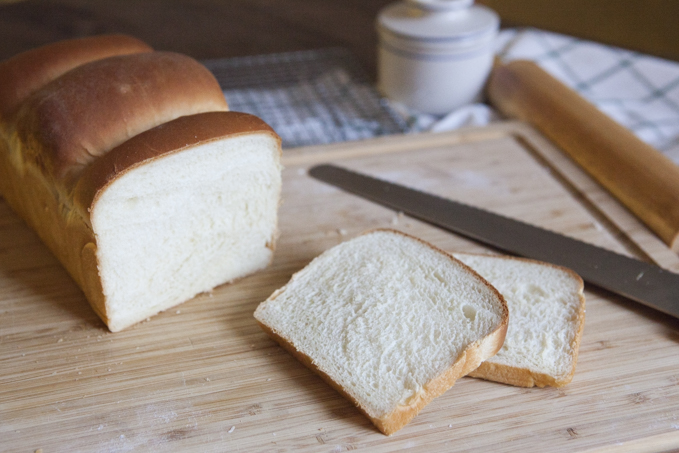Ozouni - New Year's Soup
Akemashite Omedetou Gozaimasu | 明けましておめでとうございます | Happy New Year! The first three days of the year are the most sacred in the Shinto religion as the god of the New Year is said to visit each household to bring good luck and fortune. There's a lot of work leading up to the holiday including a deep clean and tidying of the home, decorating with New Year's ornaments and cooking enough New Year's food to last you the first 3 days (after all that work, you're meant to rest and not cook, clean or spend any money for at least the first 3 days). Growing up, I hated the days leading up to New Years because it meant lots of floor scrubbing and helping out in the kitchen, but now I appreciate all the rituals. It's so cleansing to reset the house. But my favorite part of all is of course, the food.
Today I'm sharing the most accessible New Year's food: ozouni (お雑煮). It varies widely in style depending on the region and family. The only constant of every ozouni is the mochi. During this period when even the cooks get to rest, mochi is used as the carbohydrate as mochi can be made and dried in advance and is shelf stable. Nowadays, if you visit a Japanese grocery store at the end of the year you will find bags and bags of commercial mochi. But, I always wait for my bag of mochi from my mother as she makes large batches and gifts it to me and my sister. My mother always made a clear dashi based broth with mochi, shrimp and/or chicken, hakusai (aka nappa cabbage), carrots, shiitake, and fish cake. It's the first dish I have every single year and it just tastes so much like a new year.



Comments
Post a Comment